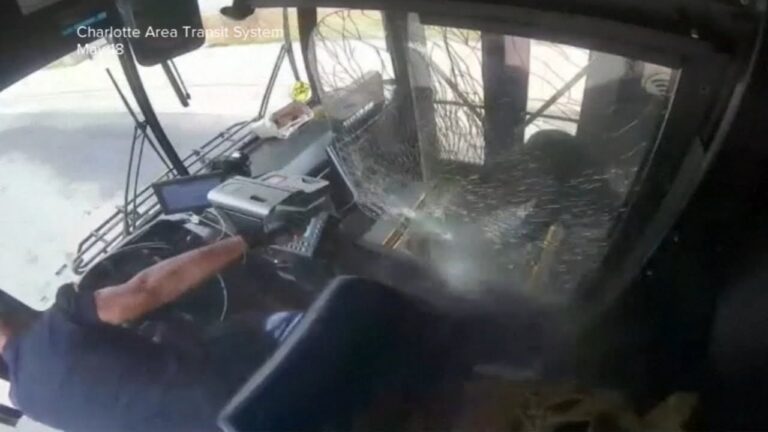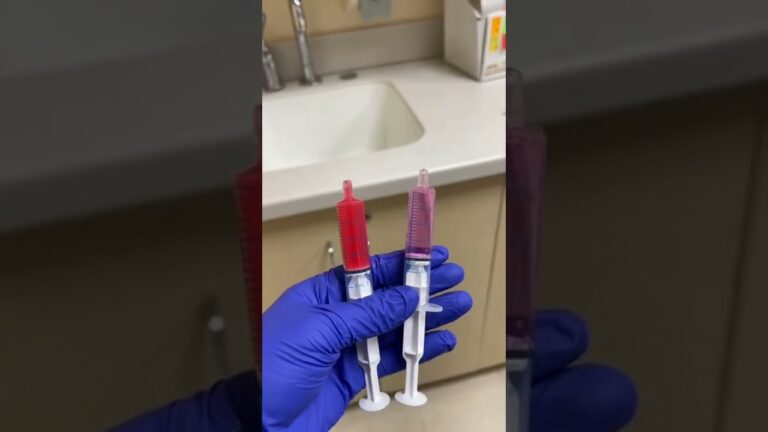Emergency Respiratory Therapist: Certified & Well-Paid

Certified Emergency Registered Respiratory Therapist Job Description Template
A Certified Emergency Registered Respiratory Therapist is a healthcare professional who specializes in providing respiratory care to patients in emergency situations. They are responsible for assessing, treating, and monitoring patients with respiratory illnesses or injuries in emergency departments, intensive care units, and other critical care settings. These therapists play a crucial role in managing and maintaining the airways of patients who are experiencing breathing difficulties or respiratory distress. They are skilled in performing various procedures such as intubation, ventilation, and administering oxygen therapy. Additionally, they may also assist in performing diagnostic tests, such as arterial blood gas analysis, to assess the effectiveness of respiratory treatments. In emergency situations, these therapists must be able to think quickly and make decisions under pressure. They collaborate closely with other members of the healthcare team, including physicians, nurses, and respiratory therapy assistants, to develop and implement appropriate treatment plans for patients. Job responsibilities of a Certified Emergency Registered Respiratory Therapist may include: – Assessing patients’ respiratory status and determining the need for intervention. – Administering medications and therapies to improve respiratory function. – Monitoring and adjusting ventilator settings for patients who require mechanical ventilation. – Educating patients and their families on respiratory care techniques and disease management. – Collaborating with other healthcare professionals to develop and implement patient care plans. – Documenting patient assessments, interventions, and responses to treatment. Attention to detail is a crucial skill for a Certified Emergency Registered Respiratory Therapist. They must carefully monitor patients’ vital signs, assess their responses to treatments, and make adjustments as necessary. Any errors or oversights can have serious consequences for patient health and safety. In addition, communication skills are vital for these therapists. They must effectively communicate with patients, their families, and the healthcare team to ensure that everyone understands the treatment plan and can provide necessary support. Overall, Certified Emergency Registered Respiratory Therapists play a vital role in emergency healthcare settings, providing essential respiratory care to patients in critical conditions.Certified Emergency Registered Respiratory Therapist Responsibilities
Certified Emergency Registered Respiratory Therapist Requirements
How Much Does A Certified Emergency Registered Respiratory Therapist Make?
Certified Emergency Registered Respiratory Therapist Salary
| Experience Level | Salary Range |
|---|---|
| Entry Level | $50,000 – $60,000 |
| Mid-Career | $60,000 – $70,000 |
| Experienced | $70,000 – $80,000 |
| Senior Level | $80,000 – $90,000 |
A Certified Emergency Registered Respiratory Therapist can expect to earn a salary based on their level of experience. Entry-level therapists typically earn between $50,000 and $60,000 per year, while mid-career therapists can earn between $60,000 and $70,000. Those with more experience can expect salaries ranging from $70,000 to $80,000, and senior-level therapists may earn between $80,000 and $90,000 annually. These salary ranges may vary depending on factors such as location, education, and additional certifications.
Certified Emergency Registered Respiratory Therapist Salaries by Country
Top Paying Countries for Certified Emergency Registered Respiratory Therapist
| Country | Average Salary (USD) |
|---|---|
| United States | 80,000 |
| Switzerland | 75,000 |
| Australia | 70,000 |
| Canada | 65,000 |
| Netherlands | 60,000 |
A Certified Emergency Registered Respiratory Therapist is a specialized healthcare professional who provides emergency care to patients with respiratory conditions. Salaries for these professionals vary across different countries. According to available data, the top paying countries for Certified Emergency Registered Respiratory Therapists are the United States, Switzerland, Australia, Canada, and the Netherlands. In the United States, these therapists earn an average salary of $80,000 per year. Switzerland follows closely with an average salary of $75,000, while Australia offers an average salary of $70,000. In Canada, the average salary is $65,000, and in the Netherlands, it is $60,000. These figures may vary depending on factors such as experience, qualifications, and the cost of living in each country.
A video on the topic Certified Emergency Registered Respiratory Therapist
Video Source : Sam KellyInterview Questions for Certified Emergency Registered Respiratory Therapist
1. What is the role of a Certified Emergency Registered Respiratory Therapist (ERRT)?
A Certified ERRT is responsible for providing immediate respiratory care to patients in emergency situations. They assess patients’ respiratory needs, administer oxygen therapy, perform airway management, and assist with life support devices.
2. How do you handle a patient experiencing a severe asthma attack?
First, I would assess the patient’s respiratory status, including auscultation of lung sounds and monitoring oxygen saturation. If the patient is having difficulty breathing, I would administer bronchodilators, such as albuterol, to open up the airways. If necessary, I would escalate treatment to include systemic corticosteroids or initiate mechanical ventilation.
3. What steps do you take to ensure patient safety during emergency respiratory interventions?
I prioritize patient safety by carefully assessing the patient’s condition before initiating any interventions. I ensure proper positioning of the patient, secure airway devices, and monitor vital signs closely. I also maintain open communication with the healthcare team to coordinate care effectively.
4. How do you manage a patient in respiratory distress who requires intubation?
I would assess the patient’s airway, breathing, and circulation (ABCs) and quickly determine the need for intubation. I would gather the necessary equipment, prepare the patient, and administer appropriate sedation and muscle relaxants. I would then perform the intubation using direct laryngoscopy or other advanced techniques, ensuring proper tube placement and securing it in place.
5. How do you approach providing respiratory care to pediatric patients in emergency situations?
When caring for pediatric patients, I prioritize their comfort and emotional well-being. I use age-appropriate communication techniques to explain procedures and gain their cooperation. I adjust equipment and treatment parameters based on their size and weight, and I closely monitor their response to interventions to ensure optimal outcomes.
6. How do you handle a patient who is unresponsive and not breathing?
In this situation, I would immediately initiate basic life support measures, including starting chest compressions and calling for assistance. I would ensure the patient’s airway is clear and open by performing the head-tilt/chin-lift maneuver. If available, I would use a bag-mask device to deliver rescue breaths. If the patient remains unresponsive, I would continue CPR until advanced life support arrives.
7. How do you stay updated on the latest advancements in emergency respiratory care?
I stay updated by actively participating in continuing education courses, attending conferences, and reading reputable journals and research articles. I also engage in discussions with colleagues and seek opportunities to learn from experienced respiratory therapists in the field.
8. Can you describe a challenging emergency respiratory case you have encountered and how you handled it?
One challenging case I encountered was a patient with severe acute respiratory distress syndrome (ARDS) requiring extracorporeal membrane oxygenation (ECMO) support. I collaborated with the interdisciplinary team to ensure proper cannulation and management of ECMO. I closely monitored the patient’s oxygenation and ventilation parameters, adjusted ECMO settings as needed, and provided comprehensive respiratory care throughout their treatment.
9. How do you handle stressful situations in the emergency department?
I handle stressful situations by remaining calm, focused, and organized. I prioritize tasks, communicate effectively with the healthcare team, and adapt to rapidly changing circumstances. I also utilize stress management techniques, such as deep breathing and positive self-talk, to maintain my own well-being.
10. Can you discuss the importance of teamwork in emergency respiratory care?
Teamwork is crucial in emergency respiratory care as it ensures seamless coordination and efficient delivery of care. Effective communication and collaboration among healthcare professionals lead to better patient outcomes. By working together, we can quickly assess and intervene in emergency situations, support each other’s actions, and provide the best possible care to our patients.






